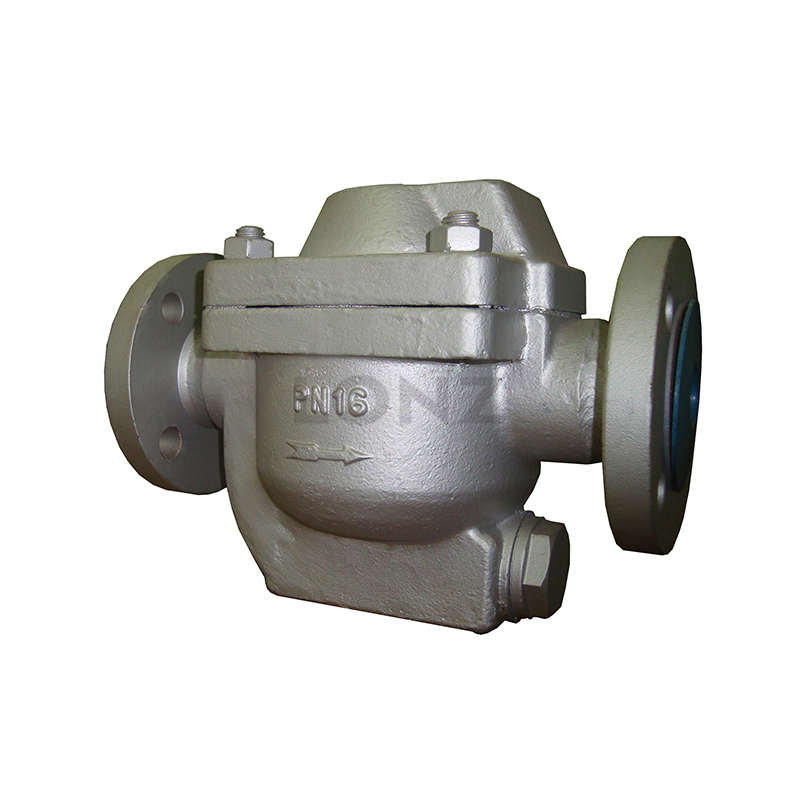The principle and application range of steam traps
A steam trap is a device used to remove condensation water from steam pipes. Based on the principle of thermodynamics and float principle, it can automatically detect and discharge condensation water in steam pipelines, effectively protecting the safe operation of pipelines and equipment.
The working principle of the steam trap is as follows: when there is condensation water in the steam pipe, because the condensation water is denser than steam, it will be deposited at the bottom of the pipe. The steam trap uses thermodynamics to allow condensation water to enter the drainage cavity. There is a floating ball in the drainage cavity. When the condensation water reaches a certain height, the floating ball will float and form a seal with the valve body. "Dry steam" can enter the pipeline system through the valve core of the steam trap, thereby maintaining the normal operation of the system.

Steam traps are widely used in various industrial fields and mechanical equipment, especially in steam transportation and heating systems. It can effectively eliminate condensed water in steam pipelines, prevent water hammer and water hammer, and protect the integrity of equipment and pipelines. Common application scenarios include boiler systems, steam power plants, heating equipment, industrial production lines, etc.
The selection of steam traps should be based on different application scenarios and needs. Key considerations include pressure ratings, temperature ranges, pipe diameters, and flow requirements. Additionally, steam traps should be inspected and maintained regularly to ensure proper operation and drainage functionality.


